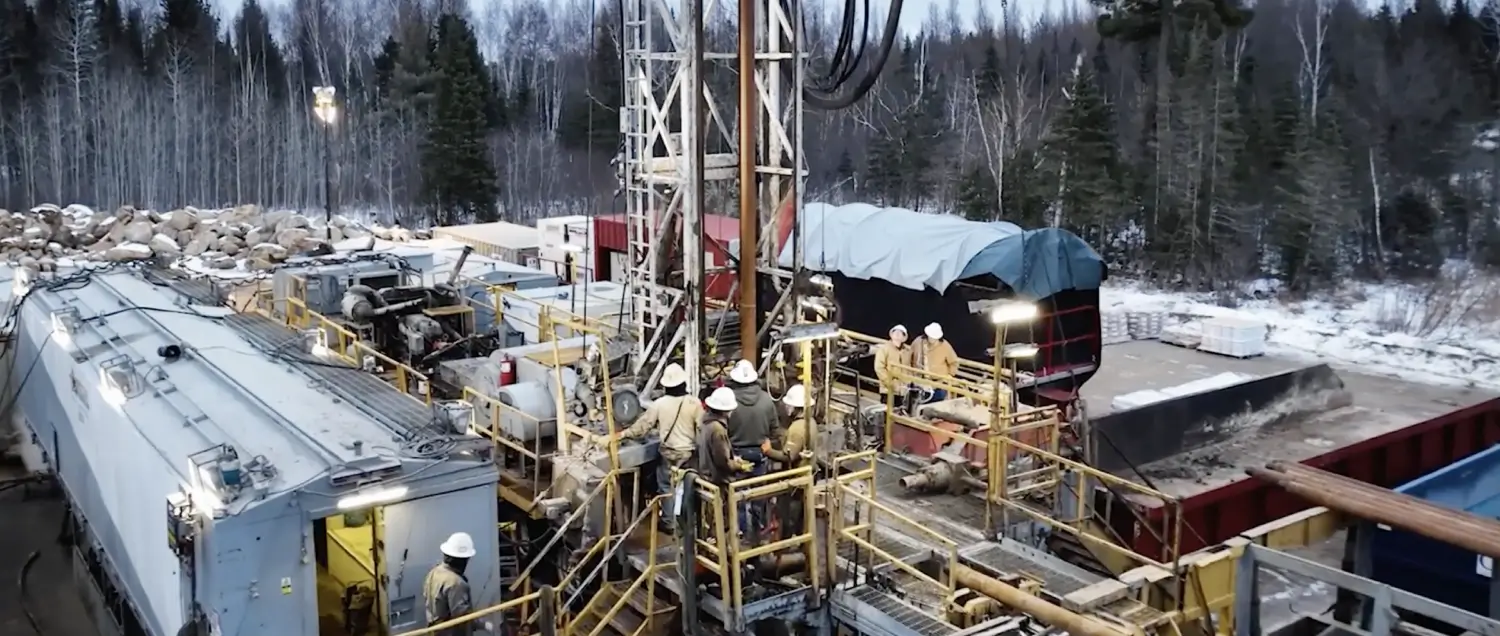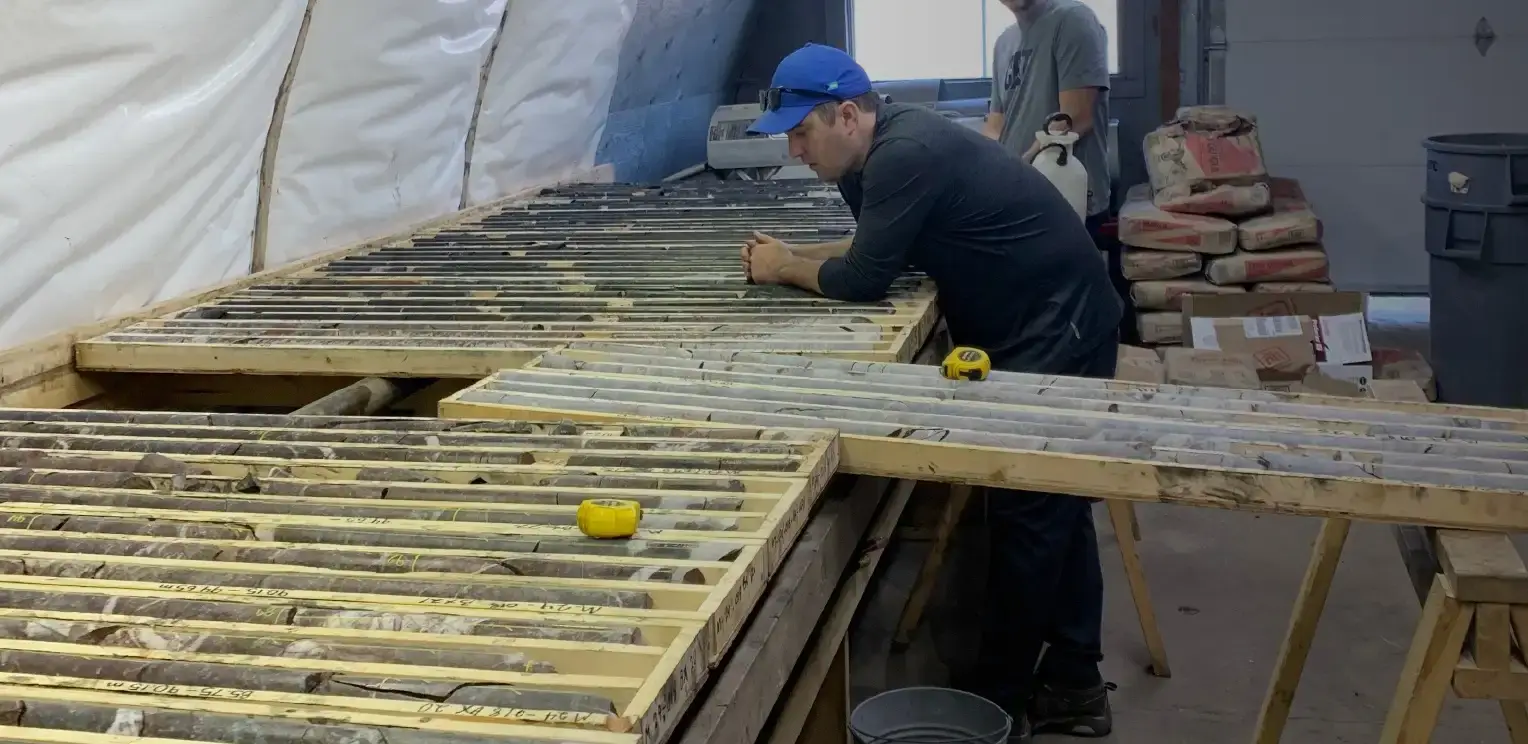Rapid Pressure Build-up Observed
After a price drop of more than 30 percent since last Thursday, Pulsar Helium Inc. (TSXV:PLSR ; OTCQB:PSRHF; FRA: Y3K) today issued an explanatory press release with additional facts to clarify any potential misunderstandings. Thursday’s announcement technically correctly mentioned a so-called “wellhead pressure” at the surface (surface pressure) of 20 psi. This number is abstract for technical laypeople and does not provide a clear picture of the actual pressure in the system. In fact, technicians aim to reduce the wellhead pressure to increase the gas flow rate.
Bottom Hole Pressure Provides Better Indication
The bottom hole pressure provides a better indication of the existing pressures of the Jetstream No. 1 gas source. As Pulsar reports today, this pressure is 162 psi (1,117 kpa) at the bottom of the borehole. The pressure that results when the borehole is closed and reopened – the so-called static shut-in pressure – is accordingly 144 psi (993 kPa). These high pressures correspond to 11 to 10 times the average atmospheric pressure or four times the average tire pressure of a car. They also explain why the well blew so loudly when opened.
At the Jetstream No. 1 well, gas volumes of up to 821,000 cubic feet per day have been recorded in a total of five flow tests so far, without the presence of formation water. Laboratory analysis confirmed the first-class helium content. Analysis by an independent laboratory showed a helium content ranging from 8.7 to 14.5%. The combination of flow rate multiplied by helium concentration confirms that Jetstream #1 is a world-class helium well compared to other publicly listed helium exploration and development sources.
Rapid Pressure Build-up Observed
Pulsar considers the rapid pressure build-up of Jetstream No. 1 after closing the gas flow as encouraging. Within the first hour, 70% of the original pressure was rebuilt. From this, the technicians conclude that a significant gas volume must be present. This is also consistent with the further observation that additional fracture points were identified in the borehole of Jetstream No. 1. In combination with the data collected so far, this indicates the presence of a globally significant discovery, according to Pulsar. The data suggest that the existing Jetstream No. 1 well should be deepened to test the entire interpreted helium-bearing zone suspected based on available seismic data.
All data is now being transmitted to Sproule International Ltd for resource update calculation, which is expected to be completed in July. In the meantime, the company is preparing for further field activities. These include additional seismic surveys and preparations for drilling later in 2024. The program is expected to include deepening Jetstream No. 1 and drilling a step-out well.
Currently, the Pulsar Helium stock is recovering slightly and was last trading close to the threshold of 1 CAD.






